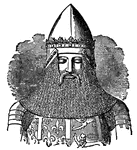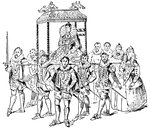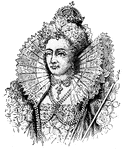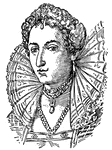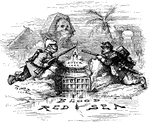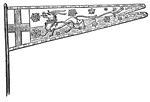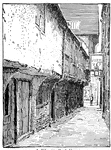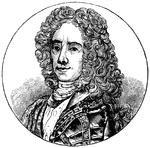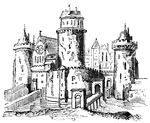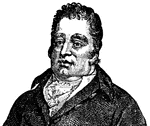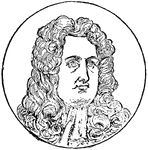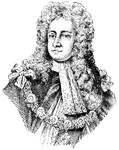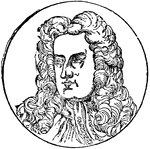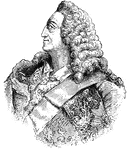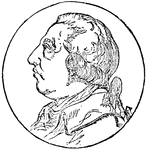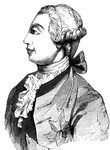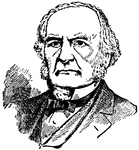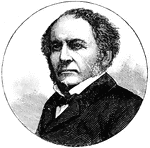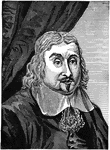
John Eliot
John Eliot (c. 1604 - 21 May 1690) was a Puritan missionary born in Widford, Hertfordshire, England.

John Eliot Preaching to the Indians
John Eliot (c. 1604 - 21 May 1690) was a Puritan missionary born in Widford, Hertfordshire, England.…
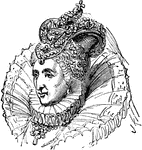
Elizabeth I of England
Elizabeth I (7 September 1533 – 24 March 1603) was Queen of England and Queen of Ireland from…

Elizabethan Architecture
Hargrave Hall in England is an example of Elizabethan Architecture of the Renaissance.

Elstow Church, Bedfordshire
Elstow Abbey was a monastery for Benedictine nuns in Bedfordshire, England. It was founded c.1075 by…

Encaustic Tile
"Encaustic tile, a tile for pavement- and wall-decoration, in which the pattern is inlaid or incrusted…

England
The herald for England bore Gulles three lions' legs razed silver, the paws downward. With the strange…
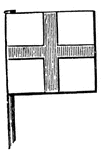
England, St. George's Banner
England, St. George's Banner. St. George is the patron saint of England.

English Coin
"The pennies of the Saxon and Danish sole monarches of England had a portrait on them. Alfred's earlier…
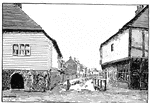
English Inn
Portions of ancient Hospice on both sides of Water Lane, Ospringe used by Pilgrims on their way to Canterbury…

Excubitorium of St. Albans Cathedral in Englan
Built in 1077, the excubitorium or watching-loft of the St. Albans Cathedral in England is an example…

Execution of King Charles
When Charles was beheaded on January 30, 1649, Phillip Henry records that a moan was heard from the…
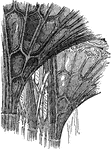
Fan-Tracery of Cloisters of Gloucester Cathedral
The cloisters of Gloucester Cathedral in England show an early example of fan-tracery, patterns carved…

One-storied gambrel roof
"A one-storied house with gambrel roof, New England, 18th century. A similar design is used at the present…

The Formal Garden
The Formal Garden is a one of many drawings of gardens that was illustrated by landscape artist Inigo…

The Formal Garden
The Formal Garden is a one of many drawings of gardens that was illustrated by landscape artist Inigo…
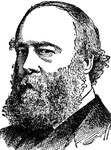
Robert Arthur Talbot Gascoyne-Cecil
(1830-1903) English statesman, Prime Minister, Marquis of Salisbury.

Piers Gaveston
Piers Gaveston, 1st Earl of Cornwall (c. 1284 – 19 June 1312) was the favorite, and possibly lover,…
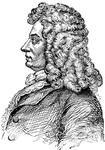
George I, King of England
The King of Great Britain and Ireland from August 1, 1714 until he died on June 11, 1727.

George III, King of England
"George III (1760-1815). The first two Hanoverian kings were ignorant of English politics and obliged…
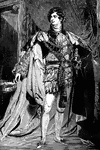
George the Fourth in the Robes of the Gartep
This painting by Sir Thomas Lawrence. It is one of his many famous portraits. It can now be found in…
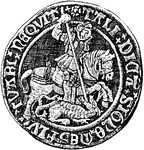
Obverse Side of George-Noble
"Obverse. George-noble of Henry VIII. GEORGE-NOBLE. An English gold coin of the reign of Henry VIII.,…

Reverse Side of George-Noble
"Reverse. George-noble of Henry VIII. GEORGE-NOBLE. An English gold coin of the reign of Henry VIII.,…

Gibraltar
"Though not an island, Gibraltar is connected with the Spanish mainland only by a flat strip of sandy…
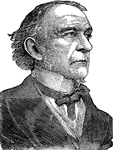
William Gladstone
"He assisted in the making of history for nearly half a century, and is, in some respects, the most…

